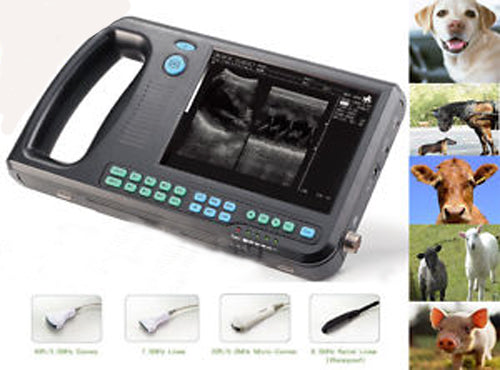An Understanding of Chronic Kidney Disease in Cats
Chronic kidney disease (CKD) is one of the most common problems diagnosed in cats. It is the name used to refer to cats with kidney failure. Appropriate support and treatment is necessary for cats that are suffering from CKD.

Although the exact causes of the disease are unknown, some causes are well recognised which include: kidney tumors, infections, toxins, inflammation of the individual units within the kidney that filter the blood.
Initially, the signs in your cat are very mild and subtle, but as the disease progresses the signs may get worse. Also, over a long period of time, the signs may develop quite suddenly.
Though many of the signs are non-specific, some common signs include:
- Weight loss
- Poor appetite
- Lethargy
- Increased thirst
- Increased urination
Increased urination occurs because with CKD, the cats begin to lose the ability to concentrate urine and drink more to compensate this. However, besides the above signs, some other signs may also occur, such as:
- Poor coat
- Hypertension (high blood pressure)
- Vomiting
- Bad-smelling breath (halitosis)
- Weakness
- Anemia
Importance of ultrasound in diagnosis:
Ultrasound is a non-invasive technology which is very effective for CKD diagnosis. It allows the veterinarian to see inside the pet’s body and unlike x-rays, the patient is not exposed to any radiation.
Compared to x-rays, ultrasound proves to be more effective as it allows to see the internal structure of the organ for more accurate diagnosis. However, x-rays basically gives an outline of the bones and organs. The abnormalities in the kidney can be seen more precisely and accurately with ultrasound, measuring the size of the organ.
It is true that most veterinarians prefer ultrasound for diagnosing any issue in your pet. However, the ultrasound veterinary equipment must be of high quality for better and accurate results.
